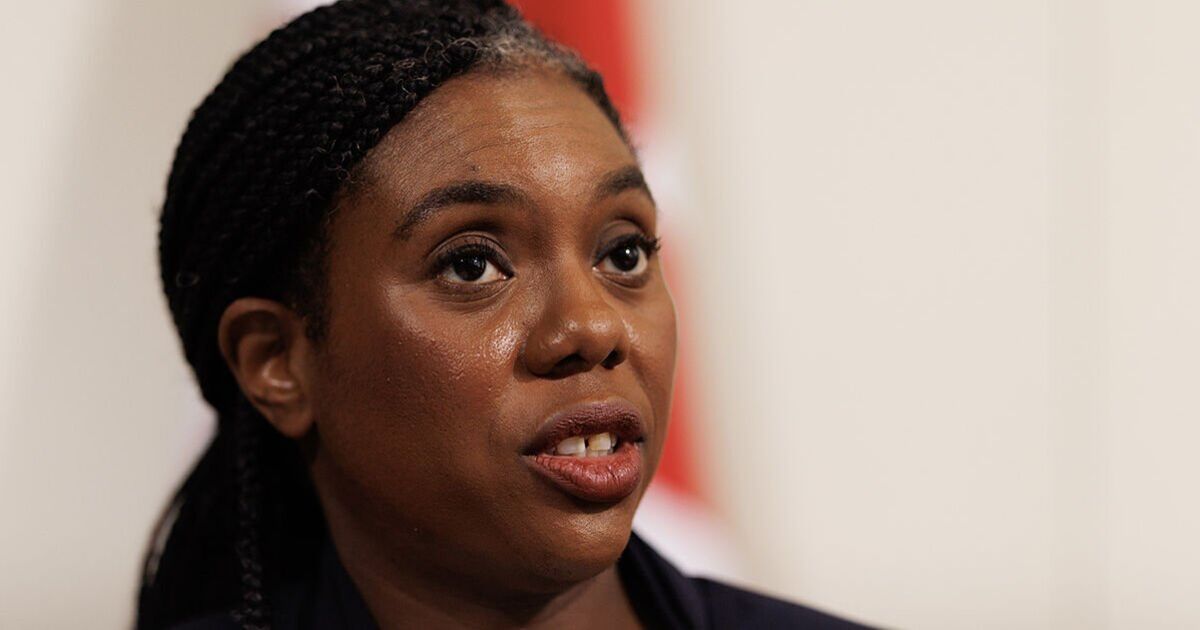Tory woes mount as poll numbers continue to crash but is it really all doom and gloom for Kemi Badenoch’s party? First things first. The Conservative poll numbers seem to have bottomed out at around 17%. Deathly low no doubt but right now the ranking isn’t sinking any further.
Secondly, consistently weak poll numbers might be bad news for Badenoch but good for the Conservatives (and thus bad for Reform). Assuming Badenoch cannot turn this around, the Tories have form when it comes to chucking out the leader. Honestly, the likes of Robert Jenrick may not reverse Tory fortunes, but do we really think a new leader could do worse?
Recent numbers from YouGov also make for better reading for the Conservatives but not the best for Reform.
Top-line: two-thirds of Tory-to-Reform defectors could be persuaded to return.
While Tory-to-Reform defectors are generally older, male, immigration hawks and Leave-voting, there is still a big cohort of voters who have gone to the likes of the Lib Dems which see the NHS as the bigger issue.
Of course winning back these two tribes simultaneously could prove an impossible task for the Conservatives.
Among other significant drivers of Reform support are beliefs Nigel Farage’s party can win the next election and that Farage himself could be PM.
Reform’s poll numbers slipping may change these voters’ calculation about backing the winning horse, while a belief the Tories are still economically competent keeps many voters loyal to the Conservatives.
Infighting within Reform, splits on the Right (Ben Habib’s and Rupert Lowe’s recent moves have arguably exacerbated this) and any failings at local council level could now weaken support for Reform.
Coupled with a change of leader for the Tories and Farage could see his poll lead fade away, or at least diminish.
It is worth stating that 41% of Tory-to-Reform defectors say they do not love the party but that Reform at least represents the best of a rather poor bunch. Not the most solid of foundations.
As time marches on Reform needs to be seen l as a party ready for government. Yes, that means a united front but also more recognisable faces beyond Farage.
More policy – of the Britannia Card type – and ongoing social media campaigning will also help. Complacency, civil war and local incompetence will be the triple threats Reform must avoid but can to some extent control.
Preparations should also be made for new leaders for the Conservatives or Labour, something Reform cannot control but at could at least plan for.
Working class heroes Angela Rayner or Wes Streeting could steal ex-Labour voters back from Reform, while a new broom at CCHQ could see the Tories get their mojo back.
This then is no time for cruise control at Reform HQ as Farage’s party must also convert an army of previous non-voters into definite supporters.
Reform’s star remains ascendant but what goes up fast can crash and burn even quicker, and with four years until the next election, Reform needs to ensure its story doesn’t peak and die in 2025.

